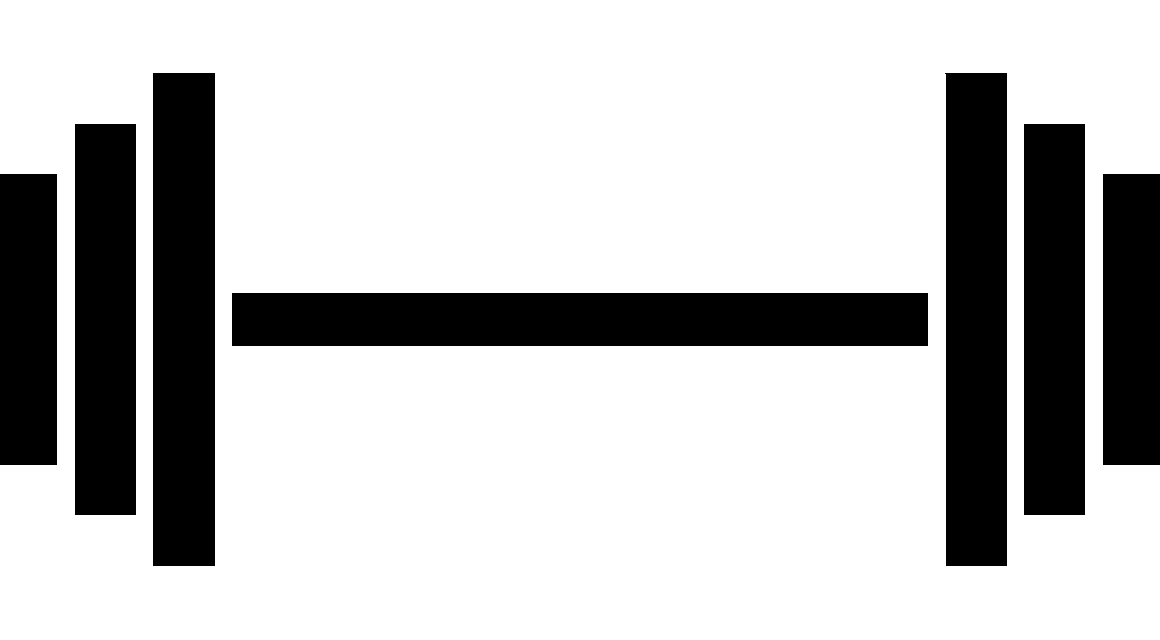Benefits of Digital vs. Paper Tracking Methods in Strength Training
When considering the benefits of strength training tracking, it’s essential to distinguish between digital and paper methods. Digital tracking applications offer unparalleled convenience, allowing users to log workouts, sets, and repetitions in real time from their smartphones. They often include built-in timers and reminders, ensuring you stay committed to your training regimen. Furthermore, digital tools frequently provide data visualization features, like progress graphs, which help you see your improvements over time. In contrast, paper tracking requires manual entries, which can be tedious but allows a physical, tangible sense of accomplishment as you cross off completed workouts. Paper journals can be carried anywhere and don’t rely on battery life or connectivity. The tactile experience of writing can be personally satisfying for many, evoking a sense of nostalgia. Ultimately, the best tracking method depends on individual preferences. Those who enjoy technology may gravitate toward digital options, while traditionalists might favor the pen-and-paper approach. Experimenting with both systems could yield insights into which method aligns best with your training style and goals for muscle development.
Another important factor in choosing tracking methods is the analysis of progress. Digital platforms often track detailed data beyond merely weight lifting, such as overall volume and intensity. This detailed data analysis can provide valuable insights, helping identify strengths and weaknesses in performance. Users can receive tailored recommendations based on their progress, maximizing training efficacy. Conversely, paper methods tend to simplify progress tracking through handwritten logs, ensuring accountability without excessive complexity. Simplicity might appeal to those who prefer direct observation of their work. Many athletes find that physically writing their workouts helps them remember techniques and intensity better. Additionally, using a paper journal can encourage mindfulness during workouts as it requires focus when recording information. While both methods have merits, digital applications may offer better long-term results for those who appreciate analytics and finding solutions through data. Ultimately, the choice resides in balancing ease of use with personal preference. With both methods providing unique advantages, the aim should always be to foster strength training habits that yield continuous improvement, regardless of recording mediums.
Social Features and Community Support
Social elements can play a significant role in strength training. Digital tracking apps often feature social components, where users can connect, share progress, and encourage one another. This sense of community can enhance motivation levels, keeping users accountable and engaged with their training plans. Users might engage in friendly competitions or challenges, which can be riveting and lead to breakthroughs in performance. In contrast, paper tracking lacks an inherent social aspect. However, it does offer users an opportunity to personalize their training experiences. Joining local gyms or workout groups can create an environment where individuals share their paper logs and stories. This face-to-face interaction can foster camaraderie not typically found in digital spaces. Furthermore, accountability partners can play a crucial role in overseeing one another’s progress, whether it be through shared community challenges or mutual companionship while logging workouts. Ultimately, fostering a support system is essential for sustained motivation in strength training. Both methods have unique aspects that contribute to user community; therefore, whether digital or paper, success hinges upon collaboration and encouragement.
In terms of accessibility, digital tracking excels for tech-savvy users. Mobile devices offer on-the-go logging flexibility, making it easy to maintain consistent tracking habits regardless of location. With cloud storage, users can easily back up their progress and access it whenever they need. Conversely, paper tracking can be less forgiving if you forget your journal. Losing or misplacing your journal can mean losing valuable training data. On the other hand, it provides an instant view of previous workouts without navigating through apps. For many, the simplicity of a paper journal allows them to focus solely on their training rather than the intricacies of application interfaces. Yet, this simplicity can lead to losing sight of overall progress without numerical visualizations. To truly harness the benefits of strength training tracking, it may be worth incorporating both methods within your routine, utilizing digital tools for real-time tracking while also maintaining a paper log for reflective practices. Combining both methods can bridge the advantages of modern technology with personal preferences, leading to a comprehensive tracking solution.
Cost Considerations
Considering costs is paramount for athletes when choosing between digital and paper tracking methods. Many digital applications offer free versions with limited features, while premium subscriptions provide advanced options and analytics. This cost can vary based on the app’s functionality and user experience; however, many find the financial investment worthwhile in exchange for enhanced features. On the other hand, paper journals present a low-cost alternative. A good quality notebook and a pen can cater to all necessary tracking without recurring costs. However, they lack the in-depth analysis that digital systems provide and could lead to oversights in tracking progress. Price points should also consider the value of time. Digital applications permit instant logging while providing insights about performance trends, thus saving time for athletes. Overall, both tracking methods have a place depending on budget constraints, allowing users to choose based on desired functionality and available resources. By evaluating the costs against their specific training goals, one can find an ideal solution within financial comfort zones, facilitating optimal progress.
Another consideration is the learning curve associated with each method. Digital tracking apps can sometimes feature complex interfaces, requiring users to invest time in learning how to navigate them effectively. These tools may include extensive features that, while beneficial, can be intimidating for new users. Conversely, paper tracking is incredibly straightforward; one simply writes entries as they complete workouts. While it lacks sophisticated tracking features, its immediate accessibility can be appealing for beginners. New lifters may prefer the simpler approach, focusing initially on correct form and workout consistency instead of navigating digital complexities. Additionally, paper holds nostalgic value for many, presenting a gentle introduction to tracking progress. Even seasoned lifters may prefer the tactile connection of writing down their workouts, which can reinforce focus and mindfulness during sessions. In the end, considering your comfort level with technology and personal preferences is critical in selecting a tracking method that will suit your lifestyle and encourage progress. Finding the right balance fosters dedication toward consistent and successful strength training.
Conclusion: Choosing Your Ideal Tracking Method
In summary, both digital and paper tracking methods offer unique benefits for strength training. The choice between the two ultimately depends on individual preferences, training goals, and lifestyle factors. Strengths of digital tracking include real-time logging, analytical feedback, and community support through social features. Conversely, paper journals provide opportunities for personalized reflection, simplicity, and a connection to the process. It’s essential to weigh the pros and cons while considering cost, accessibility, and the learning curve associated with both methods. A hybrid approach might also prove beneficial; using digital tools for tracking while employing paper journals for inspiration and reflection can create the best of both worlds. By recognizing how personal choices impact strength training, users can cultivate tracking habits tailored to their needs, increasing motivation and overall effectiveness. Ultimately, the most successful tracking method is one that fosters commitment to the training journey and empowers users to achieve their strength training goals. Continuous progress and improvement are most important, regardless of the chosen tracking method.


